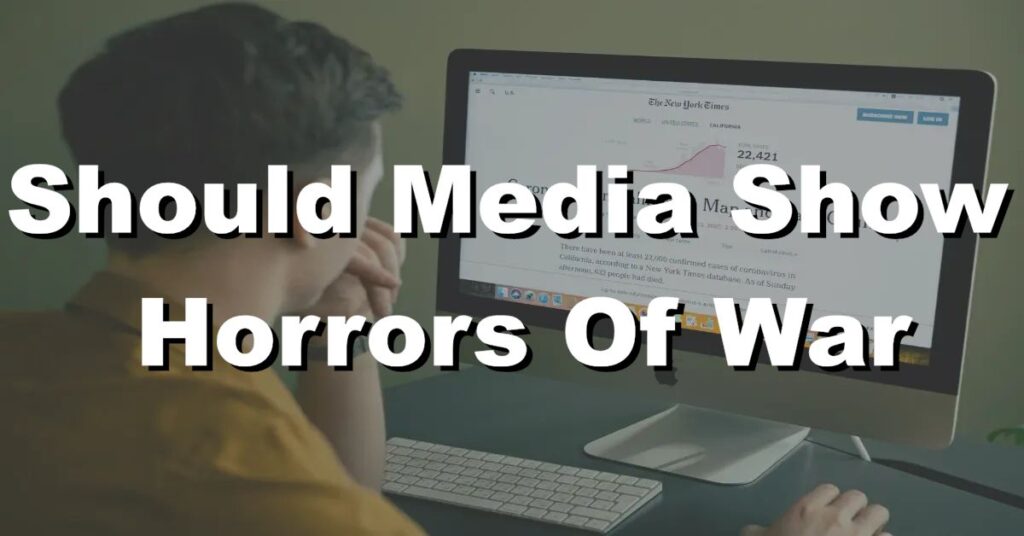War is one of the most devastating and destructive events in human history. The media has a responsibility to report on conflicts and their consequences, but they also have to consider the impact that graphic images and footage can have on their audiences.
In this article, we will discuss the arguments for and against showing the full horrors of war in the media and examine the ethical implications of doing so.
The Ethical Considerations of Graphic War Reporting:
Graphic war reporting raises ethical considerations due to the sensitive and distressing nature of the content. Journalists must carefully weigh the public’s right to information against the potential harm caused by exposing viewers to explicit and traumatic images.
Balancing transparency and the public’s right to know with the ethical responsibilities of minimizing harm is crucial.
The Potential Impact of Graphic Images and Videos on Viewers:
Graphic images and videos have the potential to deeply affect viewers, causing emotional distress and trauma. The visual representation of violence and suffering can evoke strong reactions, leaving lasting psychological effects.
These images may also desensitize or numb audiences over time, reducing empathy and understanding. Journalists must consider the potential consequences of exposing audiences to such content and exercise caution in their decision-making.
The Role of Media in Informing the Public about the Reality of War:
Media plays a crucial role in informing the public about the reality of war. By providing accurate and comprehensive coverage, media outlets bring awareness to the human cost, atrocities, and consequences of armed conflicts.
This reporting can foster empathy, raise awareness, and promote dialogue on important issues related to war and conflict.
Balancing the Need for Truthful Reporting with Sensitivity towards Victims:
Journalists face the challenge of balancing the need for truthful reporting with sensitivity towards victims of war. While it is essential to expose the realities of conflict, journalists must exercise empathy and respect towards individuals affected by violence.
Sensitivity can be shown through thoughtful framing, contextualization, and providing warnings or alternatives for viewers who may find graphic content distressing.
The Potential Benefits and Drawbacks of Showing Graphic Content in War Reporting:
Showing graphic content in war reporting can have both benefits and drawbacks. On one hand, it can convey the true extent of human suffering, exposing the horrors of war and motivating action for change. Graphic images can also provide evidence for accountability and documentation of war crimes.
However, the drawbacks include the potential for retraumatizing audiences, compromising their mental well-being, and perpetuating voyeurism or sensationalism. Journalists must carefully consider the intended purpose and potential impact of showing graphic content.
Conclusion
In conclusion, the decision of whether or not to show the full horrors of war is a complex and sensitive one. While some argue that the media has a responsibility to show the full extent of the devastation and tragedy of war, others argue that it can be traumatizing for viewers and can lead to sensationalism.
Ultimately, it is up to the media to make responsible and ethical decisions about what they choose to report and how they choose to report it.

